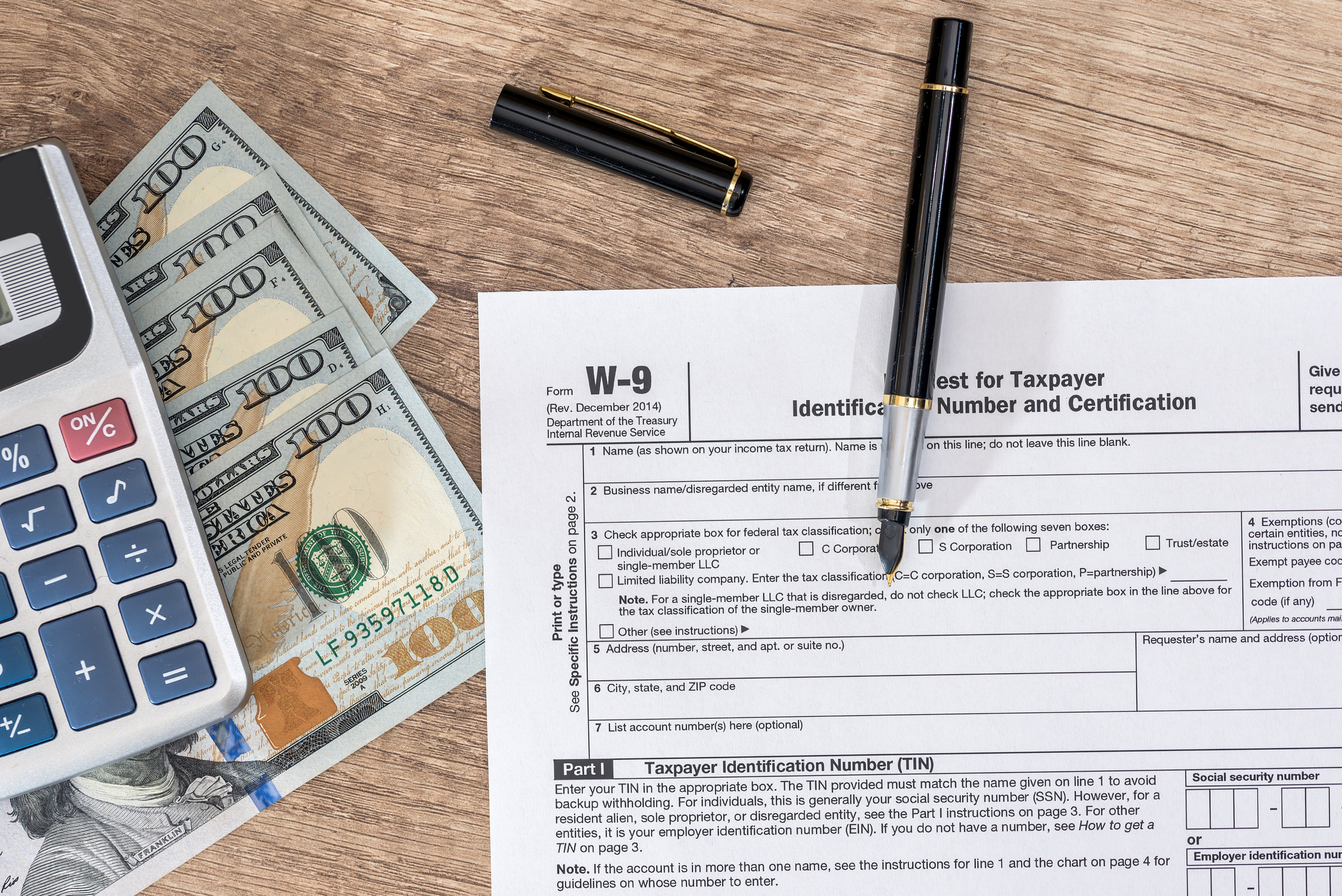Missing a payment to the IRS is not something to take lightly. Even being just a day late for IRS payment can feel like the end of the world.
But you’re not alone—and this doesn’t have to mean the end of your IRS installment agreement. Maybe your paycheck hit late, a bill slipped through the cracks, or your bank account had insufficient funds for your IRS payment plan.
Whatever the reason, we’ll explain what happens if you missed an IRS installment agreement payment and how to lower your IRS payment plan. By the end of this guide, you’ll know exactly what to do if you can’t pay an IRS installment agreement—and how to protect yourself from IRS collections.
What Happens When You Miss an IRS Installment Agreement Payment?
When you miss a payment on your IRS installment agreement, your plan technically goes into default. But here’s the good news: the IRS usually gives you a short window to make it right before they cancel your agreement.
If you’re a day late on an IRS payment, don’t panic. The IRS doesn’t terminate agreements instantly. However, if you ignore the missed payment for too long, the consequences can escalate quickly.
1. You’ll Receive a Notice CP523
After a missed payment, you will receive an IRS Notice, typically Notice CP523. This letter states that your installment agreement is in default and may be terminated if you don’t catch up by a specific deadline—usually within 30 days.
2. Penalties and Interest Continue
Even while you’re on a payment plan, the IRS continues charging interest and a reduced failure-to-pay penalty. If your agreement is terminated, the penalty rate increases again, and your total balance will grow faster.
3. Possible Termination of Your Agreement
If you don’t fix the missed payment by the date listed on your notice, the IRS can cancel your payment plan and demand the entire tax balance immediately. Once canceled, you’ll lose the protection your agreement provided from collection actions.
4. Collection Actions Can Begin
When an IRS payment plan defaults, the agency regains broad authority to collect—and it can move quickly. That may mean a tax levy, where wages, bank accounts, or other assets are seized; a federal tax lien, which puts a public claim on your property; and even passport restrictions if your tax debt exceeds $55,000, leading the State Department to deny or revoke your passport. Default can also impact the future—once you’ve fallen out of compliance, the IRS is more cautious, making it harder to qualify for favorable payment plans later.
Will the IRS Reinstate My Installment Agreement After a Missed Payment?
In most cases, yes—the IRS is often willing to reinstate your installment agreement if you missed just one payment and act quickly. You’ll typically need to pay the past-due amount right away, explain what caused the missed payment, and, in some cases, provide updated financial information to confirm your current situation.
The IRS does charge a reinstatement fee of $89, but that’s a small price compared to the potential fallout of levies or wage garnishments. If you’ve shown consistent effort to stay compliant and communicate with the IRS, they’re far more likely to reinstate your agreement without complications. Acting quickly and in good faith keeps the process simple and minimizes stress.
What If My IRS Payment Plan Was Canceled?
If your installment agreement has already been canceled, the IRS can begin enforced collection actions within about 90 days—but that doesn’t mean you’re out of options.
The first step is to contact the IRS immediately and request reinstatement. Be prepared to provide updated financial information, such as pay stubs, expense summaries, or bank statements, to show your ability to resume payments. If the IRS denies your request, you can still appeal the decision by filing Form 9423 through the Collection Appeals Program (CAP), which allows you to challenge the termination before any levies or seizures occur.
If you need to set up a new payment plan, read How to Set Up an IRS Payment Plan: Form 9465 Instructions.
Remember, the IRS’s primary goal is to collect what’s owed, not to punish taxpayers who are trying to make things right. Taking fast, proactive steps keeps you in control and often prevents the situation from escalating.
What to Do After Missing an IRS Payment Plan
Time is your best friend here—the faster you act, the easier it is to get back on track. Here’s your step-by-step guide to reinstating your IRS installment agreement and avoiding default.
Step 1: Verify the Missed Payment
First, confirm whether the payment actually failed.
-
Log in to your IRS Online Account and check your payment history.
-
If you pay by Direct Debit, contact your bank to see if the transaction was declined or insufficient funds caused it to bounce.
If your payment was returned for insufficient funds, you may also receive IRS Letter 608C, which explains the penalty (2% of the payment or $25, whichever is smaller).
Tip: Even if your payment failed, don’t wait for the IRS to retry it—submit the payment manually to minimize penalties and avoid default.
Step 2: Make the Missed Payment Immediately
Once you confirm the missed payment, pay it as soon as possible. You can pay:
-
Online: Through the IRS Direct Pay tool or your online account.
-
By phone: Call the number on your notice and make a payment using your routing and account number.
-
By mail: Send a check or money order if required.
Even if your plan shows as “defaulted,” catching up before the CP523 deadline usually reinstates your agreement automatically.
Step 3: Contact the IRS
If you can’t make the full payment right away, call the IRS immediately and explain your situation. Ask about reinstating or revising your payment plan. Acting quickly can prevent enforced collection and show good faith. The IRS often prefers to keep taxpayers in an agreement—after all, they want consistent payments, not garnishments or legal battles.
Step 4: Check If You Qualify to Revise Your IRS Payment Plan
If your financial situation has changed, you might need to revise your IRS payment plan rather than cancel or default on it. You can change your payment amount or due date directly through the IRS Online Payment Agreement tool.
If you owe less than $50,000 and can pay off your balance within 72 months, you likely qualify for a streamlined installment agreement—meaning less paperwork and quicker approval. For larger balances or more complex cases, the IRS may ask for updated financial information using Form 433-A (Collection Information Statement) to reassess what you can afford.

What If You Can’t Pay Your IRS Installment Agreement?
If you’re looking up “can’t pay IRS installment agreement”, you’re not alone. Many Americans find that the payment plan they set up months (or years) ago no longer fits their financial reality.
Here are your main options:
1. Modify Your Installment Agreement
You can often lower your monthly IRS payment by providing proof of your current financial hardship. The IRS may adjust your plan to better fit your income and expenses. You can also request to change your due date—for example, moving it closer to your payday to avoid insufficient funds.
For more information on making changes to your existing IRS payment plan, read our Guide to Revising an IRS Payment Plan.
2. Request Currently Not Collectible (CNC) Status
If you’re truly unable to make any payments, you may qualify for Currently Not Collectible status. This temporarily pauses collection activity if the IRS determines you can’t afford to pay without hardship. Interest and penalties continue to accrue, but you’ll gain time to recover financially.
3. Explore an Offer in Compromise (OIC)
An Offer in Compromise allows you to settle your tax debt for less than you owe, based on what the IRS believes it can realistically collect. This option requires a detailed financial disclosure, but it can lead to permanent debt relief if approved. If you are facing a serious financial hardship and will be unable to make any payments in the foreseeable future, this may be the best option for you.
TaxRise has helped many qualified taxpayers apply for OICs—reducing what they owe and clearing the path toward financial freedom.
4. Start a New Installment Agreement
If your existing plan was canceled due to missed payments, don’t lose hope. You can apply for a new payment plan—sometimes with better terms—especially if your financial situation has changed since your last agreement. However, if you defaulted multiple times, the IRS may require stricter terms, such as direct debit payments or a federal tax lien to secure the debt.
To learn more about the various types of IRS payment plans available, read our Guide on How to Choose the Best IRS Installment Agreement for You.
How to Prevent Defaulting on Your IRS Payment Plan
Staying compliant with your IRS payment plan doesn’t have to be stressful. Setting up Direct Debit is one of the best ways to automate your payments and avoid missed deadlines. Make sure your contact information with the IRS is always current so you receive any notices or reminders promptly. Creating calendar alerts a few days before your payment date can also help you stay on top of your obligations.
It’s smart to review your finances at least once a year to confirm that your payment amount still fits your budget. And if you ever see trouble coming—like a short paycheck or an unexpected expense—reach out to the IRS or to TaxRise right away. We can help you renegotiate your plan before it defaults, protecting your financial stability and peace of mind.
If your current payment plan no longer fits your finances, you can change it. To learn more about the other options available, read How to Choose the Best IRS Installment Agreement for You.
Benefits of Staying Compliant With The IRS
While enrolled in the Fresh Start Program, it’s important to keep up to date with payments. This program provides steady support for those in tax debt and offers generous tax relief. Staying compliant with the IRS helps you avoid tax debt, interest and penalties. As daunting as this may sound, a missed installment agreement payment can be amended.
Owing back taxes is tough, but it doesn’t have to ruin your future. TaxRise can help analyze your financial situation and help determine if your Installment Agreement is still the best option for you, or if another tax relief program could better suit your needs. Take our free tax consultation to get started.
We help advocate on your behalf to the IRS. We save you stress, time, and money — while providing you with the most optimal tax resolution. Take our quick survey to receive a free consultation today.
Frequently Asked Questions
There isn’t a formal “grace period” for IRS installment agreements. If you miss a payment, your plan is technically in default. In practice, the IRS usually sends Notice CP523, giving you about 30 days to catch up before the agreement is terminated. Interest and the failure-to-pay penalty continue during this time. If you’re late, make the payment immediately, then consider switching to Direct Debit, moving your due date closer to payday, or requesting a payment reduction if your budget has changed. If a payment bounced, you may see a small dishonored-payment penalty—but many taxpayers can request penalty abatement when it’s a one-time slip.
Technically, one missed payment can default your IRS installment agreement. The IRS often allows you to fix it quickly, but multiple misses raise the risk of a lien, levy, or stricter terms (like mandatory direct debit). If you’ve fallen behind, act fast: submit the missed payment, call the IRS to reinstate or modify your plan, and be ready to provide updated financials if requested. If the plan was already canceled, you can ask for reinstatement or appeal—sooner is always better.
Yes. You can check your IRS payment plan status online by signing in to your IRS Online Account. There you can view your balance, confirm recent payments, and see your installment agreement details. Many taxpayers can also change the monthly amount or due date and switch to Direct Debit through the Online Payment Agreement tool. If you can’t access your online account or verify your identity, call the number on your IRS notice or use Form 9465 by mail to make changes.
If your IRS payment fails because of insufficient funds, your bank will reject the transaction, and the IRS will treat that month’s payment as missed. In addition, the IRS may issue a dishonored payment penalty, typically 2% of the failed amount or $25, whichever is smaller. Fortunately, if this was a one-time issue, you can request penalty abatement to remove that fee.
As soon as you notice the problem, submit the payment manually to avoid default, then contact both your bank and the IRS to confirm your account information. Taking these steps quickly ensures that your future payments process correctly and your agreement remains in good standing.





0 Comments